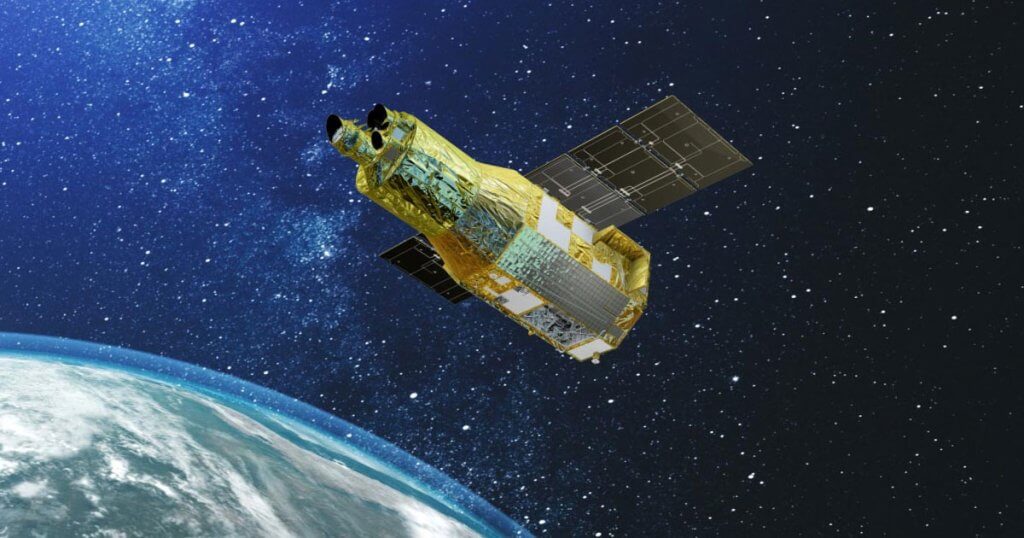Scientists are “absolutely gutted.”
Pod Bay Door
Astronomers are excited to glean new insights into the formation of the universe and dark matter with the help of a space telescope called the X-Ray Imaging and Spectroscopy Mission (XRISM), a partnership between the Japan Aerospace Exploration Agency (JAXA) and NASA.
The telescope was successfully launched in September 2023. But as Space.com reports, its rollout didn’t go as planned: one of the aperture doors covering its main instrument, a particle-detecting device dubbed Resolve, has remained jammed, causing scientists a great deal of distress.
Several attempts to remotely open the door have failed so far, with NASA confirming to Space.com that the telescope’s planned operation of “at least 18 months” is not set in stone yet as officials discuss the “best path forward” — an incredibly unfortunate fate, considering XRISM was meant to provide scientists with a powerful alternative to NASA’s aging Chandra X-ray Observatory.
It’s especially pertinent as Chandra’s operations are on very thin ice, with a potential budget crunch posing an existential threat.
Summer Jams
XRISM’s closed-door dilemma is especially unfortunate because Resolve, an incredibly sensitive X-ray spectrometer, is otherwise working as planned after being launched into orbit. The instrument is a major upgrade over its counterpart attached to Chandra, and can detect the energy released by X-rays at a mind-blowing level of accuracy, down to changes in millikelvins.
To do just that, it has to be cooled down, well below the temperature of its already frigid surroundings.
“You are basically almost 30 times colder than the coldest part of outer space,” Netherlands Institute for Space Research astrophysicist and XRISM science team member Aurora Simionescu told Space.com.
However, there’s a silver lining to Resolve’s closed-door conundrum. While the instrument can’t measure extremely low-energy X-rays with the door jammed shut, it can measure high-energy X-rays, because those wavelengths remain unaffected by the obstruction.
Nonetheless, it’s a sad reality for scientists, who were hoping for a revolution in the field of X-ray astronomy.
“I am absolutely gutted that we can’t see below 2 keV,” Simionescu told Space.com.
More on X-ray spectrometry: Astronomers Furious at Plan to Shut Down NASA Space Telescope

